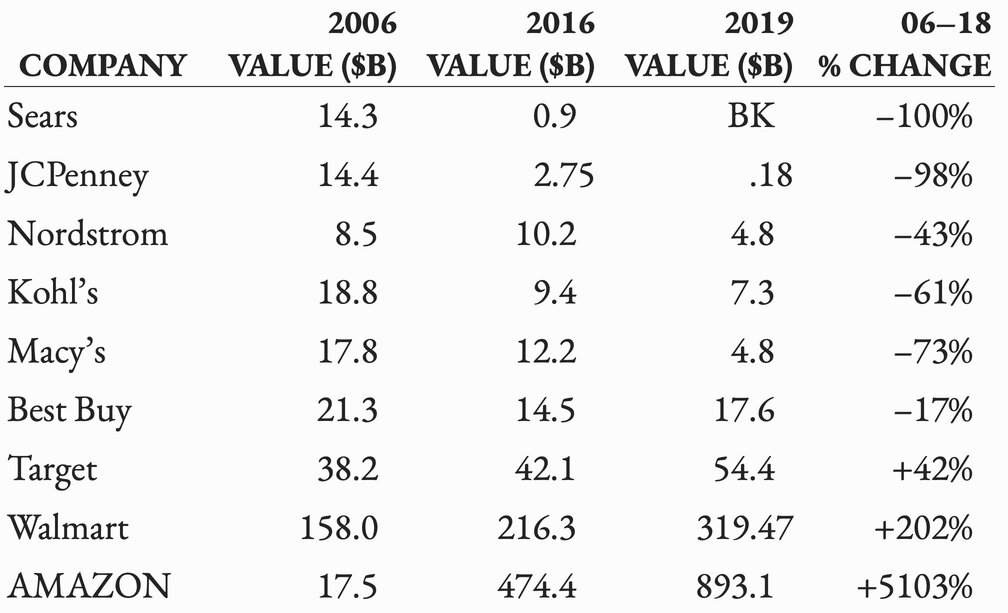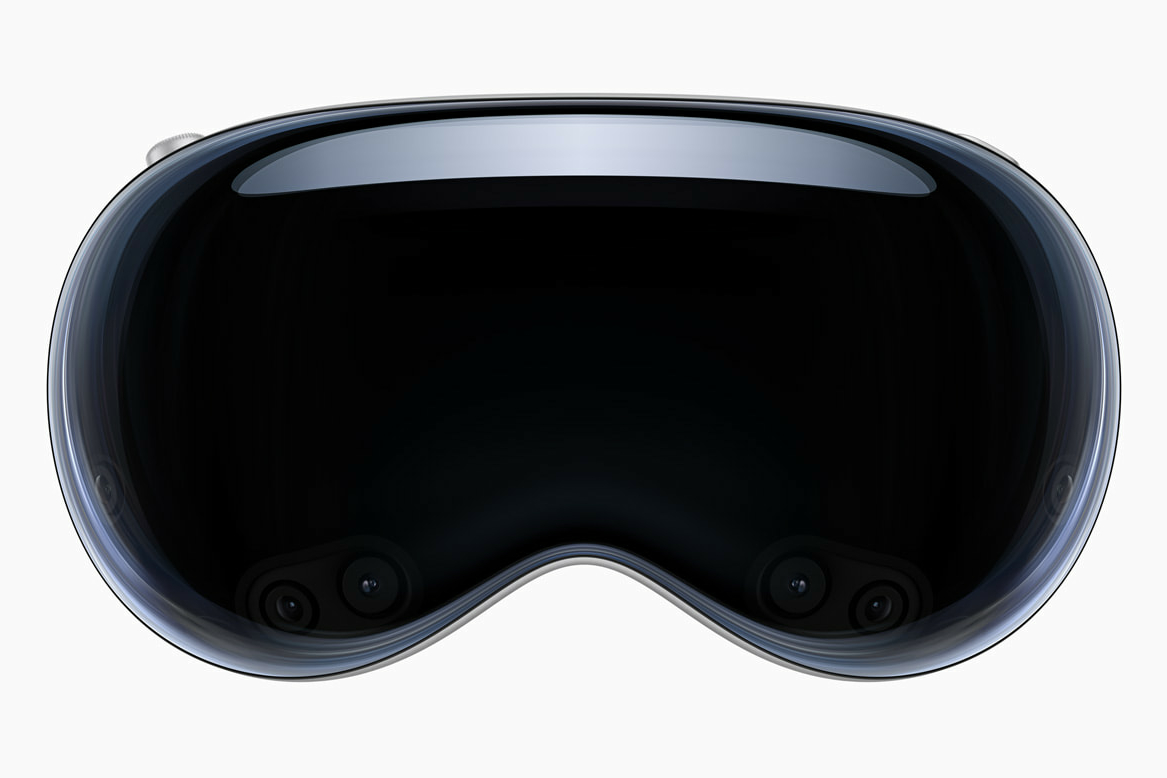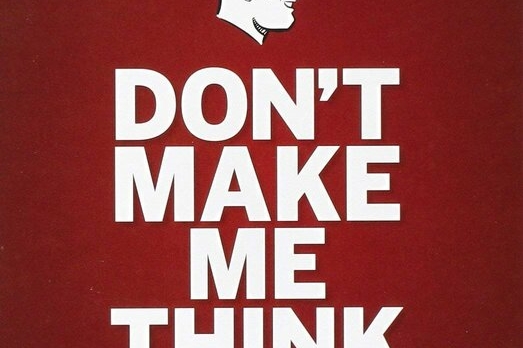In The Future Is Faster Than You Think: How Converging Technologies Are Transforming Business, Industries, and Our Lives, founder of the X Prize Foundation, Peter H. Diamandis and New York Times-bestselling author Steven Kotler examines ten exponential technologies that are all beginning to converge and the transformative impact they’re having on business, industry, and our lives.
In The Future is faster than you think, the authors expand on the ideas from their previous books (Abundance & BOLD), examining what happens when independent lines of accelerating technology (artificial intelligence, for example) converge with other independent lines of accelerating technology (augmented reality, for example). Sure, AI is powerful. Augmented reality is too. But it’s their convergence that is reinventing retail, advertising, entertainment, and education—just to name a few of the major transformations still ahead.
Convergence
The technologies now accelerating at this rate include some of the most potent innovations we have yet dreamed up: quantum computers, artificial intelligence, robotics, nanotechnology, biotechnology, material science, networks, sensors, 3-D printing, augmented reality, virtual reality, blockchain, and more.
But all of this progress, however radical it may seem, is actually old news. The new news is that formerly independent waves of exponentially accelerating technology are beginning to converge with other independent waves of exponentially accelerating technology. For example, the speed of drug development is accelerating, not only because biotechnology is progressing at an exponential rate, but because artificial intelligence, quantum computing, and a couple other exponentials are converging on the field. In other words, these waves are starting to overlap, stacking atop one another, producing tsunami-sized behemoths that threaten to wash away most everything in their path.
From Linearity to Global and Exponential
The human brain evolved in an environment that was local and linear. Local, meaning most everything that we interacted with was less than a day’s walk away. Linear, meaning the rate of change was exceptionally slow. Your great-great-great-grandfather’s life was roughly the same as his great-great-grandson’s life. But now we live in a world that is global and exponential.
Global, meaning if it happens on the other side of the planet, we hear about it seconds later (and our computers hear about it only milliseconds later).
Exponential, meanwhile, refers to today’s blitzkrieg speed of development. Forget about the difference between generations, currently mere months can bring a revolution. Yet our brain—which hasn’t really had a hardware update in two hundred thousand years—wasn’t designed for this scale or speed.
The Six Ds of Exponentials
Digitalization:
Once a technology becomes digital, meaning once you can translate it into the 1s and 0s of binary code, it jumps on the back of Moore’s Law and begins accelerating exponentially. Soon, with quantum, this will be on the back of Rose’s Law and an even wilder ride.
Deception:
Exponentials typically generate a lot of hype when first introduced. Because early progress is slow (when plotted on a curve, the first few doublings are all below 1.0), these technologies spend a long time failing to live up to the hype. Think about the initial days of Bitcoin. Back then, most people thought crypto was a novelty toy for übergeeks or a way to buy illegal drugs online. Today, it’s a reinvention of our financial markets. This is a classic example of the deceptive phase.
Disruption:
This is what happens when exponentials really start to impact the world, when they begin disrupting existing products, services, markets, and industries. An example is 3-D printing, a single exponential technology that threatens the entire $10 trillion manufacturing sector.
Demonetization:
Where a product or service once had a cost, now money vanishes from the equation. Photographs were once expensive. You took limited numbers of pictures because film and developing that film cost a lot of money. But once photos became digital, those costs vanished. Now you take photos without thinking of them, and the difficulty comes in sorting through too many options.
Dematerialization:
Now you see it, now you don’t. This is when the products themselves disappear. Cameras, stereos, video game consoles, TVs, GPS systems, calculators, paper, matchmaking as we knew it, etc. These once independent products are now standard fare on any smartphone. Wikipedia dematerialized the encyclopedia; iTunes dematerialized the music store. Etc.
Democratization:
This is when an exponential scales and goes wide. Cell phones were once brick-sized instruments available only to a wealthy few. Today, almost everyone has one, making it nearly impossible to find anywhere in the world untouched by this technology.
Robots
Robots are now entering nearly every aspect of our lives. Today’s versions are AI-empowered, allowing them to learn on their own, operate solo and in swarms, walk on two legs, balance on two wheels, drive, swim, fly, and, as mentioned, backflip. Today, robots do jobs that are dull, dirty, or dangerous. Tomorrow, they’ll show up anywhere accuracy and experience are key. In the operating room, robots are assisting on everything from routine hernia repair to complicated heart bypasses.
Networks
Networks are means of transportation. They’re how goods, services, and, more critically, information and innovation, move from Point A to Point B. And the world’s oldest networks date to the Stone Age, over ten thousand years ago, when the very first roads were rutted.
The internet is the world’s largest network. In 2010, about a quarter of the Earth’s population, 1.8 billion people, were connected to it. By 2017, penetration had reached 3.8 billion, about half the world’s population. But over the next five years, those connections will extend to all of us, the unwired masses, the total sum of humanity. At gigabit speeds and very little cost, an additional 4.2 billion new minds are about to join the global conversation.
Sensors
In 2009, the number of devices connected to the internet exceeded the number of people on the planet (12.5 billion devices, 6.8 billion people, or 1.84 connected devices per person). A year later, driven by the evolution of smartphones, sensor prices began to plummet. By 2015, all this progress added up to 15 billion connected devices. As most of those devices contain multiple sensors—the average smartphone has about twenty—this also explains why 2020 marks the debut of what’s been called “our trillion sensor world.
Robotics
Robots are now entering nearly every aspect of our lives. Today’s versions are AI-empowered, allowing them to learn on their own, operate solo and in swarms, walk on two legs, balance on two wheels, drive, swim, fly, and, as mentioned, backflip. Today, robots do jobs that are dull, dirty, or dangerous.
Tomorrow, they’ll show up anywhere accuracy and experience are key. In the operating room, robots are assisting on everything from routine hernia repair to complicated heart bypasses. Out on the farm, robo-harvesters gather crops from the fields and robo-pickers pluck fruit from the trees. In construction, 2019 brought the first commercially available robo-mason, capable of laying a thousand bricks an hour.
Virtual and Augmented Reality
Presence is a new development. For all of history, our lives have been limited by the laws of physics and mitigated by the five senses. VR is rewriting those rules. It’s letting us digitize experience and teleport our senses into a computer-generated world where the limits of imagination become the only brake on reality.
3D-Printing
The on-demand nature of 3-D printers removes the need for inventory and everything that inventory demands. Other than the space required for feedstock materials and the printer itself, the technology all but erases supply chains, transportation networks, stock rooms, warehouses, and all the rest. This one development, a single exponential technology, threatens the entire $12 trillion manufacturing sector.
Blockchain
A blockchain is a distributed, mutable, permissible, and transparent digital ledger. Distributed means it’s a shared, collected database, so everyone on the network—that is, anyone who owns the currency—has a copy of the ledger. Mutable means that anytime anyone enters new information in the ledger, all ledgers change. It’s permissible in the same way that cash is permissible—anyone can use it. Finally, the system is transparent because everyone on the network can see every transaction on the network—which is how the double-spend problem was actually solved.
Material Science and Nanotechnology
Materials science is the branch devoted to the discovery and development of new materials. It’s an outgrowth of both physics and chemistry, using the periodic table as its grocery store and the laws of physics as its cookbook.
Nanotechnology is the outer edge of materials science, the point where matter manipulation gets nano-small—that’s a million times smaller than an ant, eight thousand times smaller than a red blood cell, and two-and-a-half times smaller than a strand of DNA.
Biotechnology
Biotechnology is about using biology as technology. It’s turning the fundamental components of life—our genes, proteins, cells—into tools for manipulating life. In a very real sense, this story starts with the human body, which is a collection of 30 to 40 trillion cells, the function of which determines our health. Each of these cells contains 3.2 billion letters from your mother, and 3.2 billion letters from your father—this is your DNA, your genome, the software that codes for “you.” It’s your hair color, eye color, height, a significant chunk of your personality, propensity to disease, lifespan, and so forth.

Need help with developing a digital strategy for your business? Get in touch.



[…] The Future Is Faster Than You Think by Peter H. Diamandis & Steven Kotler […]